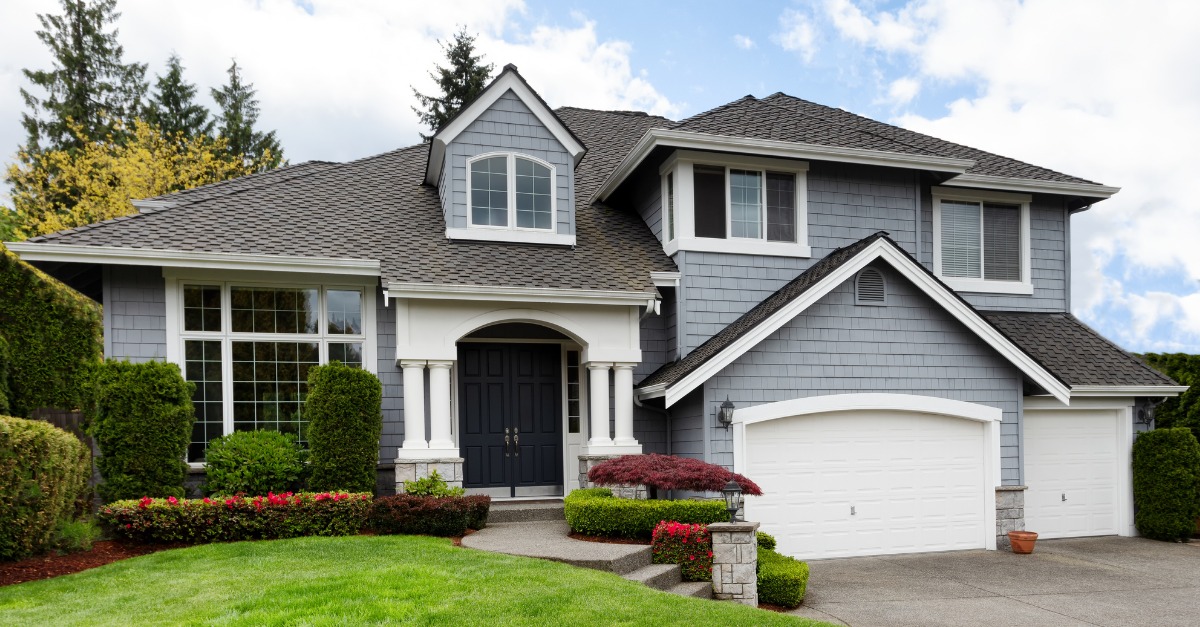
It’s rare that a person can put a home on the market without doing any work. While you might’ve been concentrating on the big changes before you put the “for sale” sign in your yard, it’s important to remember the little things as well. Below are four things you should consider replacing before you put your house up for sale:
Paint. Adding a fresh coat of paint is one of the best ways to liven up the look of your home. If you have the time and ability to do so, repainting both the exterior of your home and all of the rooms is a good way to go. However, if you’re limited on funds, make sure to repaint any area that has seen significant wear and tear.
Broken Locks and Handles. There are likely several broken locks and handles in your home that you’ve grown accustomed to dealing with. These can be major problems, especially if they make a prospective buyer feel unsafe. As such, it’s a good idea to replace any broken locks and door handles before listing your home.
Carpet. Old carpet can wreak havoc on your attempts to sell your home. Not only does it have the possibility of making your rooms look dingy or out-of-date, but old carpet also can hold onto smells no matter how often you’ve attempted a deep cleaning. Consider getting entirely new carpet in your house before putting it on the market—or upgrade to hardwood or vinyl. Making this change can add a great deal of value to your house and remove serious stumbling blocks on the path to getting your home sold.
Garage Door Openers. How well does your current garage door opener work? If it’s having trouble connecting to the overhead unit, or you’ve given up on it entirely, it’s time to get something new. A garage door specialist can help you find the equipment you’ll need to get your garage door functioning like new.
Always make sure to budget for the things you need to replace before you sell your home. With these minor changes–and a little work–you can help transform the way your house looks to prospective buyers.
Source: Meghan Belnap/RISMedia’s Housecall
Contact me for an appointment to see your house and provide additional advice.




